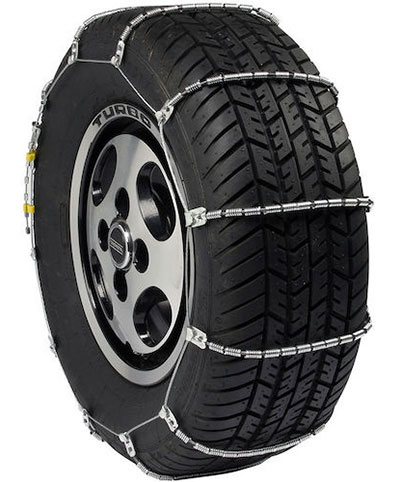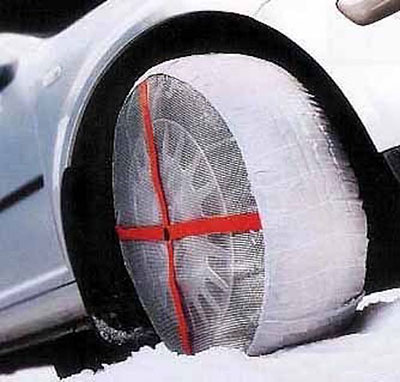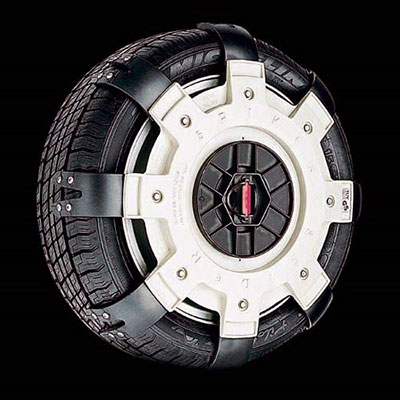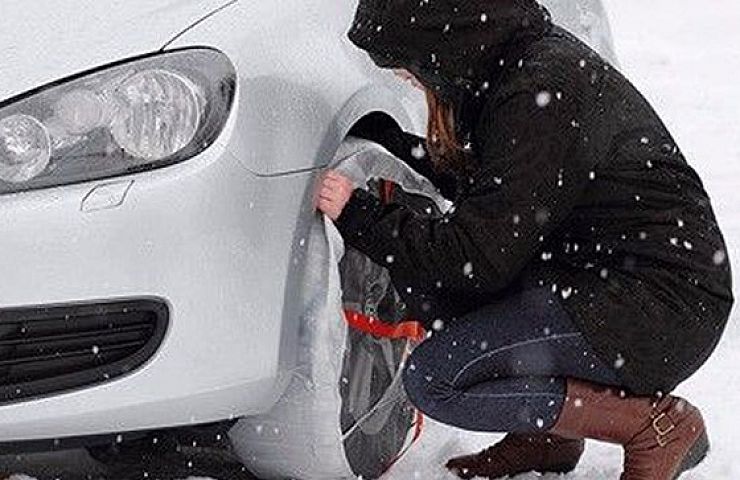Contents
If you drive in areas that get socked by snow and ice, keeping a set of snow chains or a similar traction device in your vehicle is a must. In fact, it’s mandatory in most states—especially for driving in the mountains. You have options for what to put on your tires in winter — each optimized for specific types of snow and ice. Here’s what you need to know about tire chains and tire chain alternatives.
The Original Tire Chains

Chain-link snow chains come in different sizes, so it’s important to get the size that is designed for your vehicle. Some chains might not be compatible due to insufficient clearance of the wheel well. Because tire chains increase the circumference of the tire, the wrong ones can hit the inside of the wheel well and damage suspension components. Check your vehicle owner’s manual for restrictions on tire-chain use.
Tire chains use tensioners on the front side of the wheel to keep the chain snug to the tire. Some tire chains have studs or V-bars across the cross links for even more aggressive traction.
Traction Cables

Traction cables cost less than tire chains and offer a quieter ride, but they are less durable and may only last one season. Traction cables come in different sizes, so be sure to pick the right ones for your tires. Again, check your car’s owners manual for any restrictions.
Snow Socks

Snow socks are a great tire chain alternative for your emergency kit if you don’t regularly need a more permanent traction solution.
Spikes Spiders

Winter Driving Tips
After mounting chains or another snow device, keep these tips in mind:
- Keep your speed under 30 mph.
- Be very cautious when braking on dry roads; chains may cause loss of stability.
- Make sure the chains are the right size and keep them properly tightened.
- Install snow chains only on the drive wheels of your vehicle. For example, for a front-wheel drive vehicle, place the chains only on the front wheels.
- Remove snow chains when driving on dry roads for extended periods of time.
See Winter Tires for sale on eBay.





